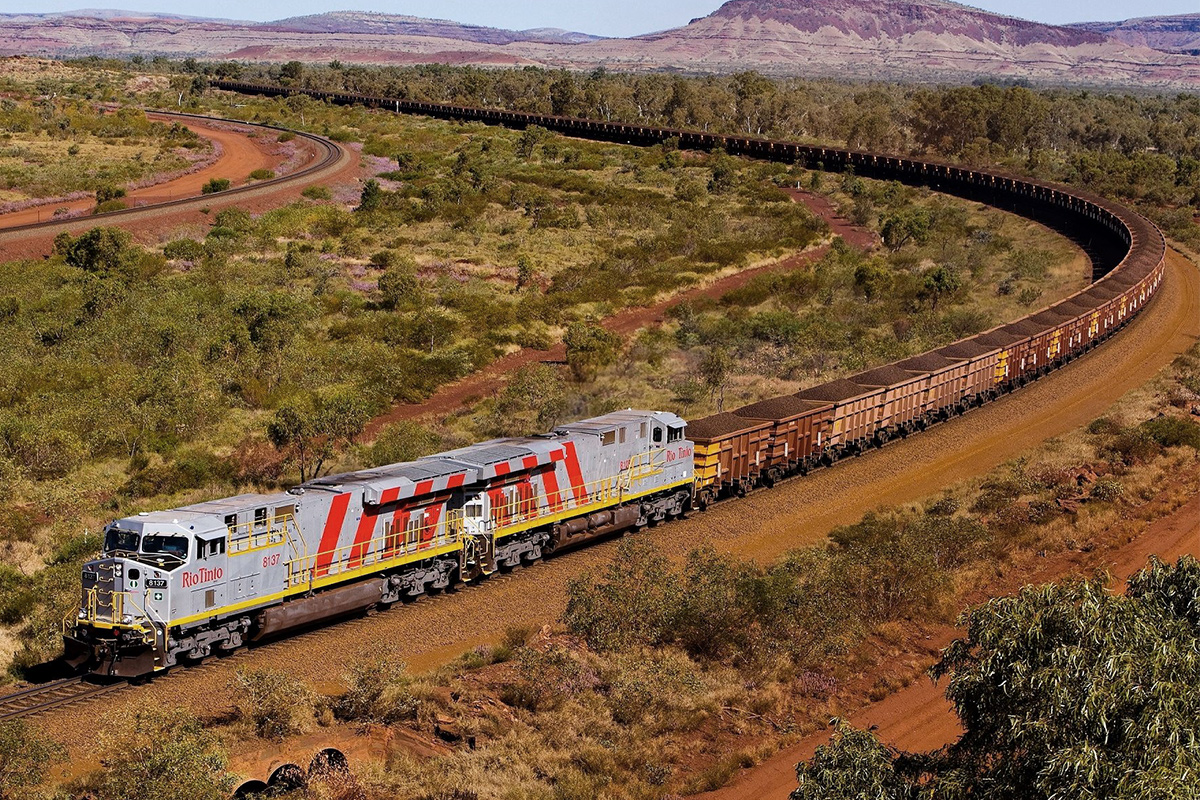



Article by: Hari Yellina
Over the next three years, a total of $400 million will be spent in Western Australia’s agricultural sector to upgrade the rail structures and loading terminals in order to eliminate delays moving grain from storage locations to ports. The state and federal governments will invest $200 million in the Wheatbelt at various locations, while grain handler CBH Group will invest another $200 million in rapid-loading bins and elevators. Following a record 24-million-tonne grain harvest the previous year, which caused logistical issues shipping grain to port, CBH Group CEO Ben Macnamara called the combined investment “great news.”
Mr Macnamara added, “What this current season has highlighted for us is the significance of transporting grain to port, especially in the early half.” He predicted that 24-million-tonne crops would become “the norm as we move forward,” and that major investment in grain supply chain infrastructure, from up-country locations to shipping, would be required across the network. Phase one of the Agricultural Supply Chain Improvements programme, which received $200 million in government support, was unveiled in May of last year. It caused area community groups to demand that the funds be used to repair defunct railway lines, reducing the amount of grain moved by road.
WA Transit Minister Rita Saffioti believes that improving the effectiveness of grain-to-port rail transport will divert more grain away from the highways. She said $68 million will be spent extending or upgrading 11 grain rail sidings in the Wheatbelt to allow faster loading onto trains, and $60 million would be spent upgrading the line between Carnamah and Mingenew from 16-tonne axle loading (TAL) to 19-tonne TAL. “We’ll keep working to acquire more funding for the Agricultural Supply Chain Improvements initiative.” Ms Saffioti stated that $72 million would be spent to reopen the Tier 3 Narrogin-to-Kulin line, which was shut down in 2013.
The 730-kilometer-long Tier 3 rail lines in Western Australia were closed in 2014, and a report released in 2020 estimated that reopening them would cost more than $1 billion. “We’ve done a good analysis, and we’ve got grain freight, but we’ve also got the resources sector — there’s a kaolin resources project that’s started — so we’re working with them on how they can carry their product to port,” Ms Saffioti explained. She did not rule out spending on other Tier 3 lines in the future. The Wheatbelt Railway Retention Alliance was founded in 2010 to advocate for the continued use of rail for grain transport in the wake of the closure of numerous Tier 3 lines.
“This isn’t a complete line; as far as I can tell, it’s just approximately 50 kilometres to Tincurrin,” she explained. “Rather than putting the blame on the government, CBH has told me Tier 3 is not a priority; I’m disappointed with the lack of traction we’ve been able to obtain with CBH.” Mr. Macnamara stated that CBH would prioritise initiatives that would allow it to transport more grain more effectively to ports.